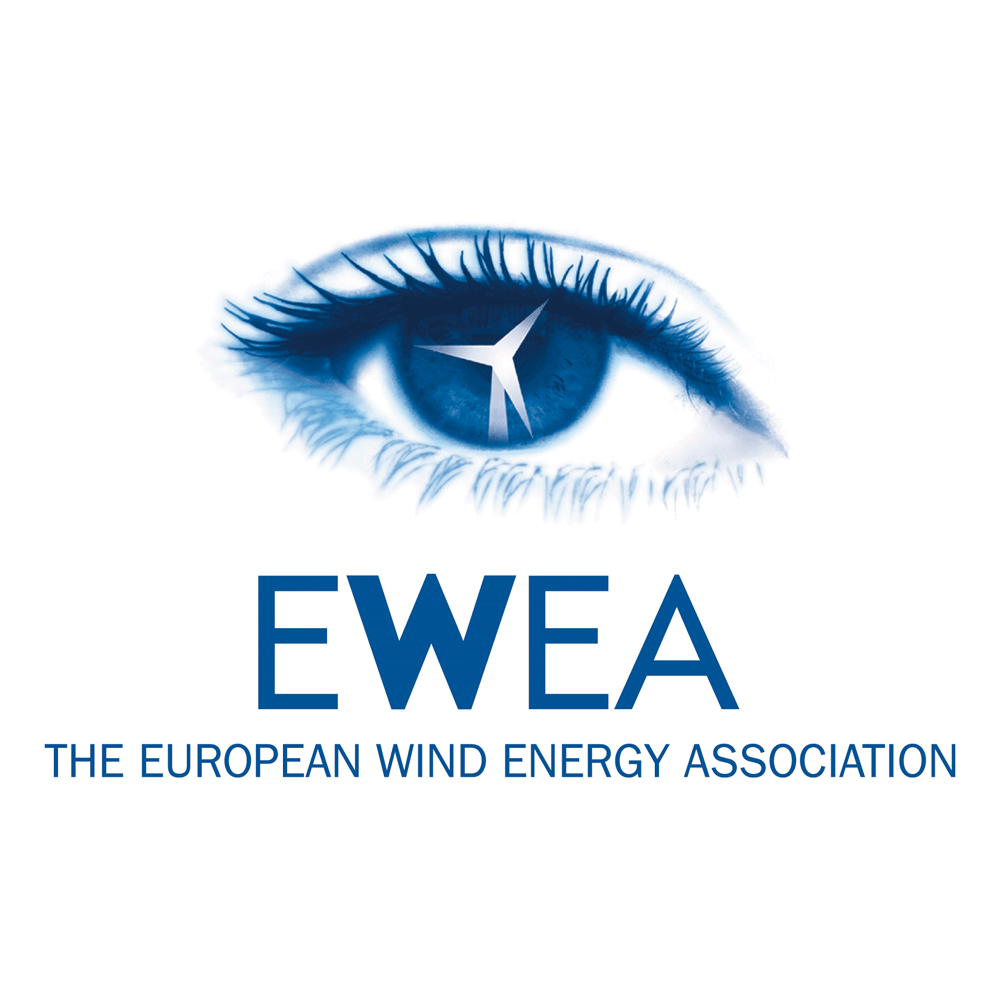Yes, let's. This is from the end of their abstract:Let us look at this statement from abu afuk.
Based on a consequential LCA, the mitigation potential of CO2 emissions of wind power is estimated to be less than 500 million tons during the period of China’s 12th Five-Year Plan (5 years). More than 300 million tons reduction is expected to be realized in 2020. Finally, some policy implications for Chinese policymakers are proposed to promote the development of the wind power industry.
So, by direct experience - not models or extrapolations, China's wind power installation reduced CO2 emissions by something less than 500 million tons over a five year period.
That wasn't the topic of Abu's linked article, was it? You do this a lot. You lose a point and immediately try to change the topic under discussion.How is wind power, how is intermittent, not working for weeks, an alternative to constant electricity.
Wind power is not as intermittent as you contend.Nobody in their right mind, unless they are making millions from Wind Power, considers that wind turbines are an alternative.
Why have you spent weeks, now, arguing against wind power on the nonsensical claim that it is an enormous new source of CO2 if you now claim that the "FIRST" consideration is its consistency?To be an alternative to anything, it first has to equal the output of a coal plant or anything else we use.
And many more working, with no fuel costs and no emissions.Even today, somewhere, there are thousands of wind turbines not working.
Give us a fucking break with this nonsense.Go out at night on a summer night, a nice hot muggy summer night, there is no wind. It is calm.
No one has ever claimed that wind and sun were 24/7.We can not power a modern society, on wind. The wind does not blow almost as much as the sun does not shine.
A modern wind turbine produces electricity 70-85% of the time, but it generates different outputs depending on the wind speed. Over the course of a year, it will typically generate about 24% of the theoretical maximum output (41% offshore). This is known as its capacity factor.

Wind energy frequently asked questions (FAQ)| EWEA
Find answers to the most frequently asked questions related to wind energy, electricity, wind power, the environment and the economy.
And if you care to look at the title on this thread, you will see that you have gone off-topic. ; - )
